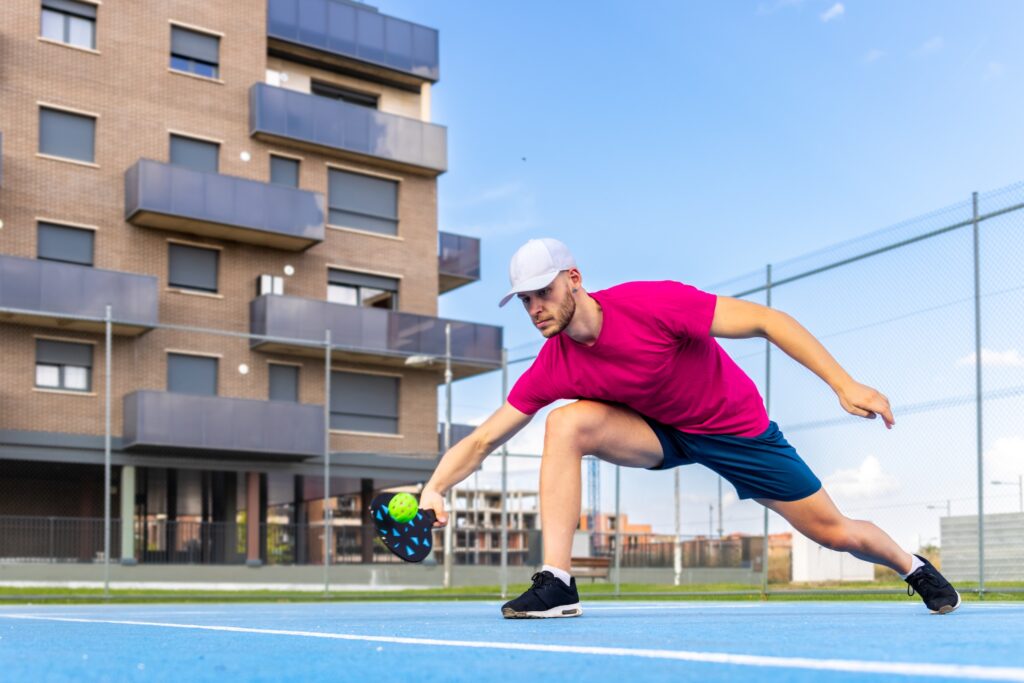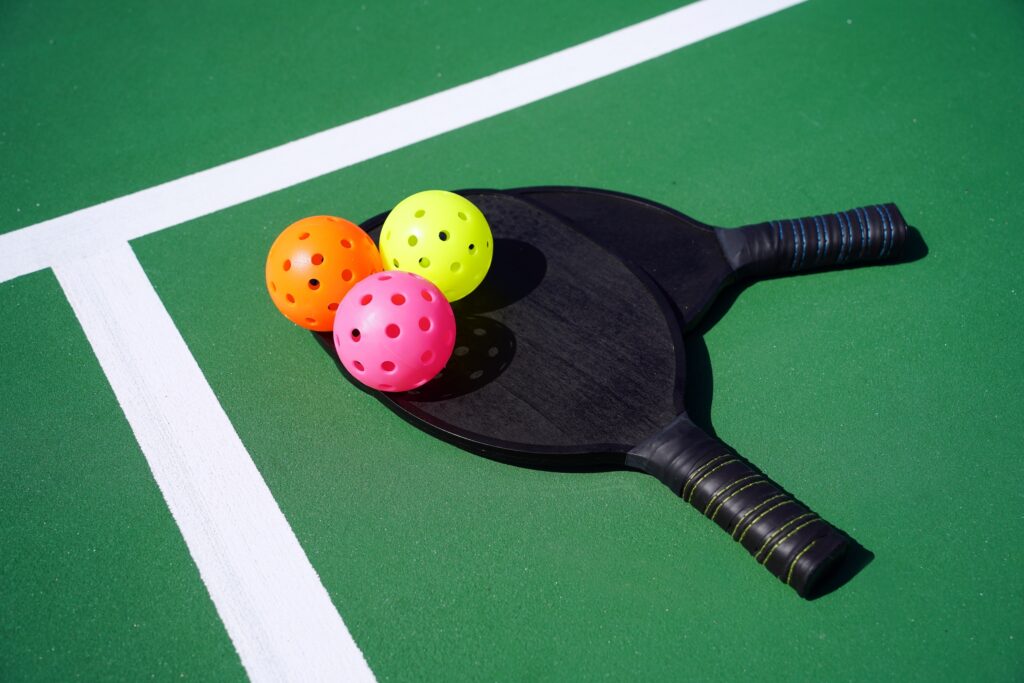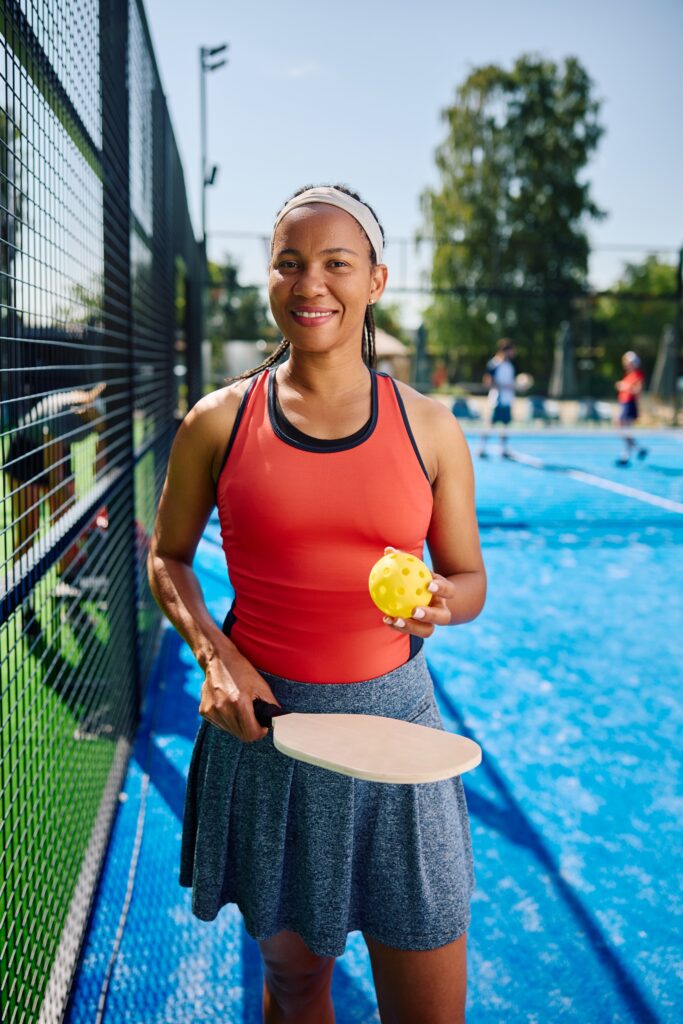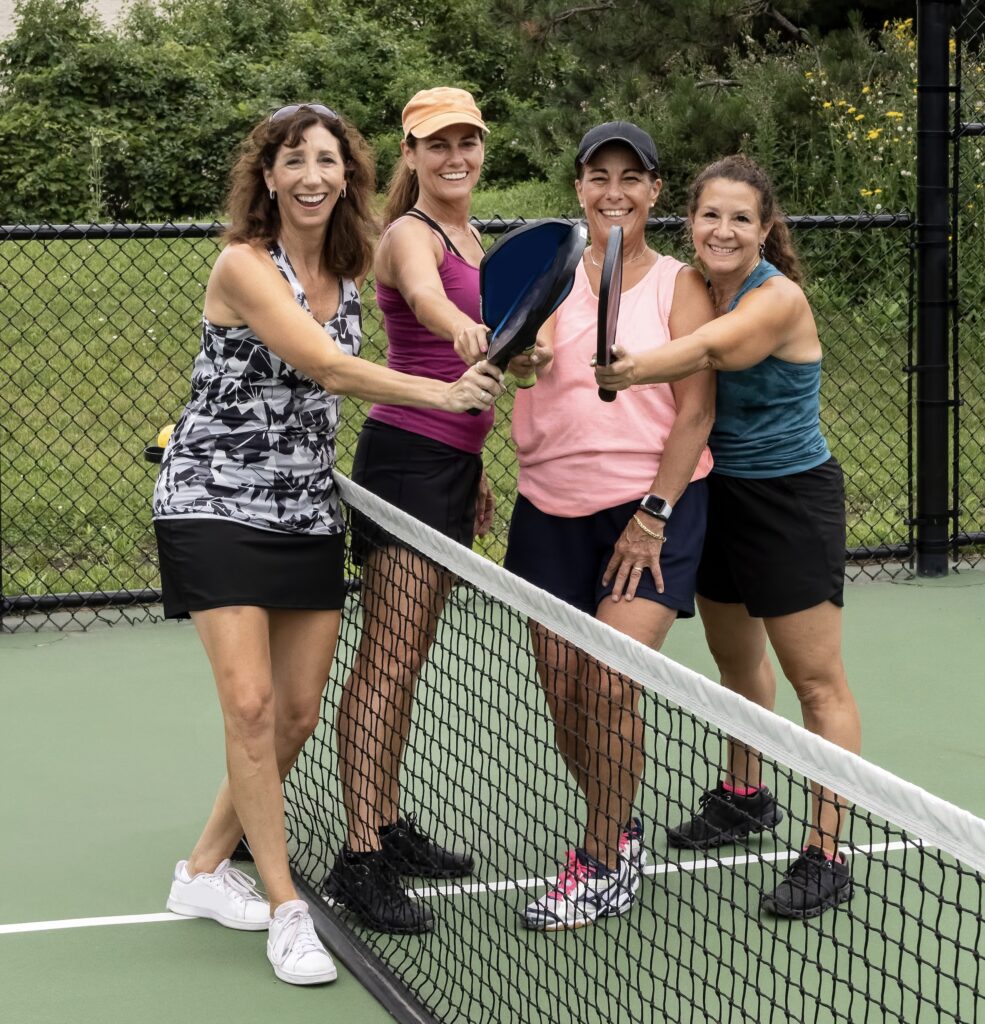Pickleball
A Comprehensive Guide to Playing Pickleball

Pickleball, the fast-paced and dynamic sport that combines elements of tennis, badminton, and ping pong, has been sweeping across communities and winning the hearts of players of all ages. Whether you’re a seasoned athlete or a beginner looking for a new, engaging activity, pickleball offers a unique and thrilling experience. In this comprehensive guide, we’ll explore the rules, equipment, and strategies that make pickleball a standout among racket sports.
Understanding the Basics:
1. Court Setup:
Pickleball is typically played on a rectangular court that’s divided into two halves by a low net. The dimensions of the court are similar to those of a badminton court, measuring 20 feet by 44 feet for doubles and 20 feet by 22 feet for singles. Pickleball nets are slightly lower than tennis nets, making them ideal for the fast-paced, volley-focused style of the game.
2. Scoring System:
Pickleball uses a rally scoring system, meaning a point can be scored by either the serving or receiving team. Games are usually played to 11 points, and players must win by a margin of at least two points.
3. Serving:
The serving team starts the game by serving diagonally from the right-hand side of the court. The serve must clear the non-volley zone (the seven-foot area on both sides of the net) and land in the opponent’s diagonal service court.
4.Volleying:
Players are not allowed to volley (hit the ball in the ball in the air without letting it bounce) within the non-volley zone unless the ball has bounced. The non-volley zone is also known as the “kitchen,” and players often strategically maneuver around this area during play.

Equipment Essentials:
1. Paddle:
Pickleball paddles are solid and made of materials like wood, graphite, or composite materials.
The face of the paddle must be smooth, without any perforations.
For more information on what materials pickleball paddles are made of, see this blog article.
2. Ball:
The ball used in pickleball is similar to a wiffle ball, with a series of circular holes.
Outdoor and indoor balls may vary slightly in terms of hole size and weight.
3. Appropriate Footwear:
Comfortable athletic shoes with good traction are essential to navigate the court efficiently and reduce the risk of slipping.

Strategies for Success:
1. Positioning:
Players often engage in strategic positioning to control the pace of the game and take advantage of their opponent’s weaknesses.
The “soft game” involves slower shots and precise placement, while the “hard game” focuses on power and aggressive play.
2. Communication:
In doubles play, effective communication between partners is crucial.
Players must coordinate their movements, call out the score, and discuss strategies during breaks.
3. Adaptability:
Successful pickleball players are versatile and can adapt their playing style based on the strengths and weaknesses of their opponents.
Flexibility and quick thinking are key to staying competitive on the court.

As you step onto the pickleball court, you’re not just engaging in a sport; you’re entering a community of enthusiasts who embrace the game’s inclusivity and camaraderie. Whether you’re drawn to the strategic elements, the social aspect, or the physical activity, pickleball offers a winning combination that continues to captivate players worldwide. So, grab your paddle, find a court, and get ready to experience the excitement of pickleball!



















